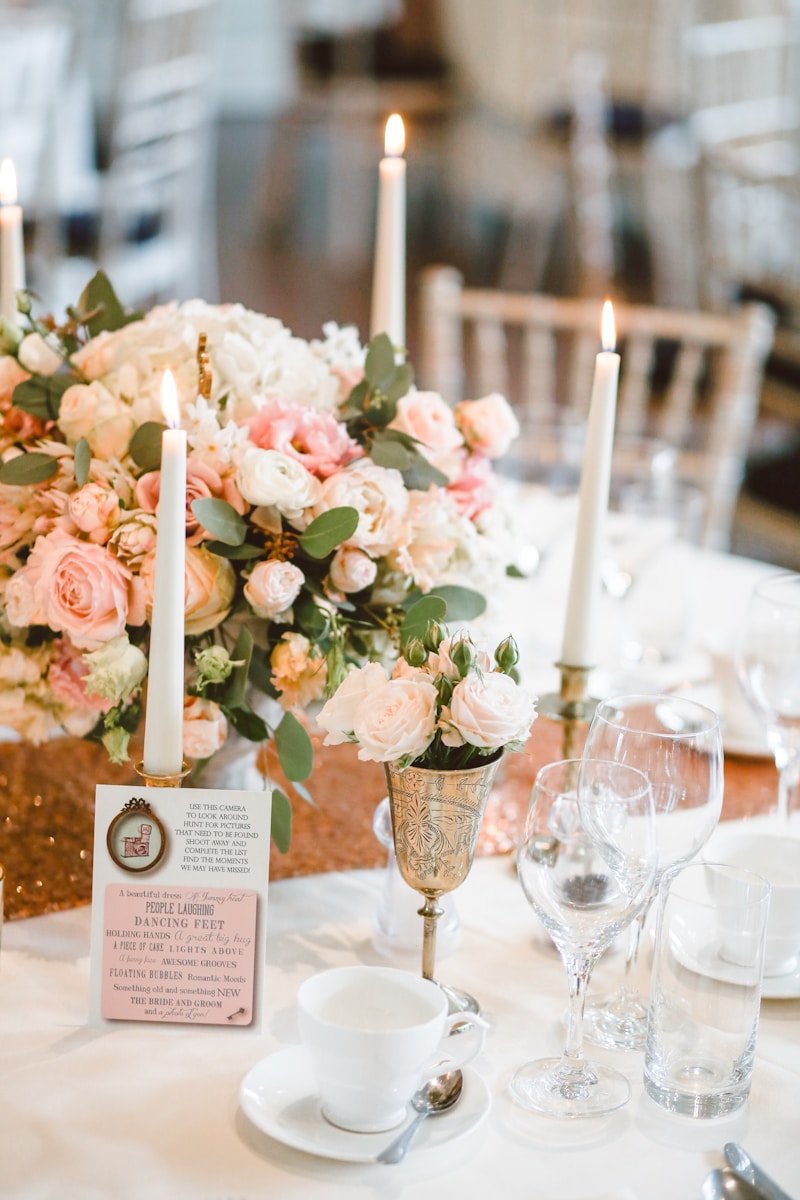Mastering Artful Draping Techniques in Wedding Gowns
When it comes to Wedding gowns, the artistry of draping can make all the difference. Artful draping techniques in Wedding gowns not only enhance the silhouette but also add a layer of elegance and sophistication that can transform a simple dress into a breathtaking masterpiece. This article will delve deep into these techniques, explore various styles, and offer insights into how brides-to-be can choose the best draping for their special day.
The Importance of Draping in Wedding gowns
Draping is a critical design aspect that contributes to the overall visual appeal of a wedding gown. It involves the way fabric is arranged and hangs on the body, creating a flow that complements a bride’s figure. Here are several reasons why draping is essential:
- Shape Enhancement: Artful draping can enhance the waistline, create curves, and elongate the body. A well-draped gown can emphasize the bride's best features.
- Texture and Layers: Different draping techniques can introduce texture and layering, adding depth and dimension to the gown.
- Movement and Flow: Draping contributes to how the gown moves. Softly draped fabrics can create a romantic flow that enhances the bridal look during the ceremony.
Popular Artful Draping Techniques
There are various draping techniques that designers employ to create stunning Wedding gowns. Below are some popular techniques that brides can consider when choosing their gown:
1. Cascading Drapes
Cascading drapes involve fabric that flows down the gown in soft layers, reminiscent of cascading waterfalls. This technique works beautifully with lightweight fabrics like chiffon or organza.
2. Asymmetrical Draping
This technique involves one side of the gown draping lower than the other, creating an uneven but balanced look. It adds a modern twist to traditional gown styles.
3. Ruched Draping
Ruching gathers the fabric in small folds, creating texture and volume. This is a common technique for form-fitting gowns, helping to conceal imperfections while adding visual interest.
4. Off-the-Shoulder Draping
Off-the-shoulder gowns utilize draping around the neckline, giving a soft and romantic appearance. This style is perfect for brides looking to highlight their collarbones.
5. Draped Bodices
A draped bodice can feature intricate folds of fabric cascading over the chest and waist, creating a stunning focal point. This technique is often seen in A-line and ball gown silhouettes.
| Draping Techniques Summary | Ideal Fabrics | Best Silhouettes |
| Cascading Drapes | Chiffon, Organza | A-line, Bohemian |
| Asymmetrical Draping | Silk, Tulle | Mermaid, Sheath |
| Ruched Draping | Satin, Jersey | Fit-and-Flare, Ball Gown |
| Off-the-Shoulder Draping | Crepe, Lace | Princess, A-line |
| Draped Bodices | Taffeta, Mikado | Ball Gown, Empire |
Choosing the Right Draping for Your Body Shape
When selecting a wedding gown, it’s essential to consider body shape and how draping techniques will flatter it. Below are some tips for various body types:
For Hourglass Figures
Those with hourglass figures can benefit from draping that draws attention to the waist, such as ruching or draped bodices. A-line or mermaid styles work well to enhance curves and add elegance.
For Pear-Shaped Figures
Pear-shaped brides should focus on draping that adds volume to the upper body while skimming over the hips. Off-the-shoulder styles can create balance, while cascading drapes draw the eye upward.
For Apple-Shaped Figures
Brides with apple-shaped figures should opt for gowns with draping that minimizes the waist. Look for styles that include empire waistlines and strategically placed gathers.
For Rectangular Figures
For rectangular body shapes, draping that adds dimension is key. Asymmetrical styles and layered drapery can create the illusion of curves and provide a romantic feel.
For Petite Figures
Petite brides can use subtle draping that does not overwhelm their frame. Simple cascades or vertical ruching can elongate the silhouette, giving the illusion of height.
Accessorizing Your Draped Wedding Gown
When it comes to accessorizing a draped wedding gown, the choices can enhance or distract from the overall look. Consider the following accessories:
- Belts: A sleek belt can enhance the waist in a draped gown, providing definition without overpowering the design.
- Earrings: Long earrings can draw attention to the neckline and introduce a touch of glamour, especially in off-the-shoulder styles.
- Veils: A light, flowing veil can complement the movement of a draped gown, enhancing its ethereal quality.

Key Considerations When Choosing Draping Techniques
Choosing the right draping technique for your wedding gown can be a daunting task. Here are some considerations to help you make the best choice:
- Fabric Selection: The type of fabric plays a crucial role in how draping appears. Heavier fabrics retain their shape better but can be less forgiving, while lighter fabrics offer a delicate drape.
- Personal Style: Your personal style should guide your choice in draping. Consider whether you prefer classic, modern, bohemian, or romantic looks.
- Comfort: Above all, choose a gown that allows you to move freely. Resin draping might look stunning but ensure you can sit, dance, and enjoy your special day comfortably.
Conclusion
Artful draping techniques in Wedding gowns bring an irresistible allure that every bride dreams of on her special day. From cascading layers to asymmetrical designs, the variety of draping styles allows for a unique expression of personal style. Remember to consider your body shape and choose fabrics that not only look great but also feel comfortable. Accessories can further enhance your look, so choose wisely to complement the artful draping of your gown. Ultimately, your wedding gown should reflect your style and make you feel beautiful as you walk down the aisle. Whether you’re going for a classic bridal look or something more modern, mastering the draping techniques will ensure that your wedding gown is nothing short of spectacular.